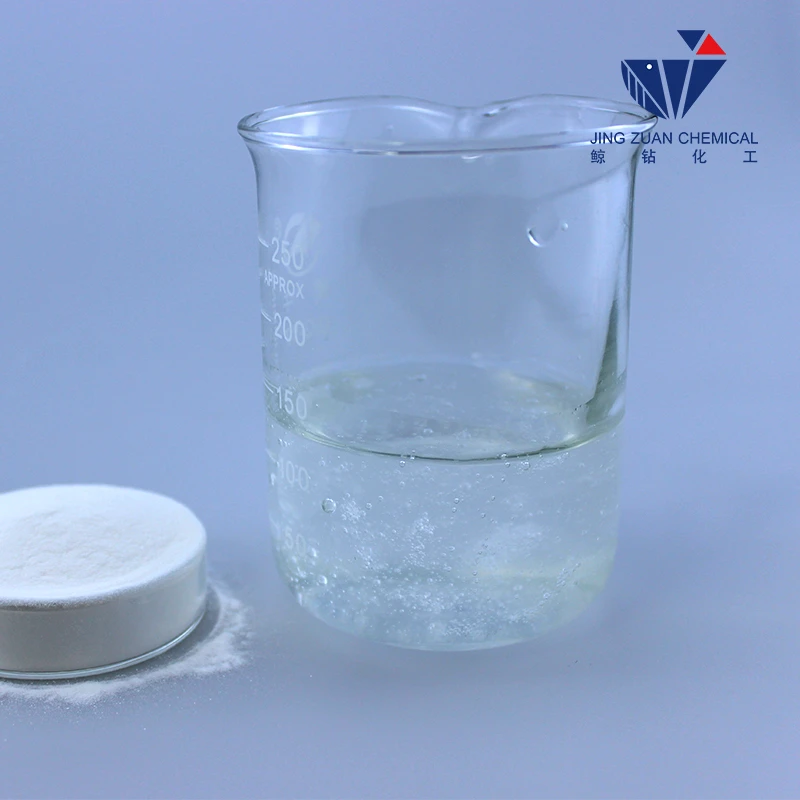
ਨਵੰ. . 11, 2024 21:28 Back to list
redispersible polymer powder manufacturing process
The Manufacturing Process of Redispersible Polymer Powder
Redispersible polymer powders (RDP) are versatile additives widely used in construction materials, adhesives, and coatings. These powders, when mixed with water, dissolve to form a polymer dispersion that enhances the properties of various formulations. This article explores the manufacturing process of redispersible polymer powder, highlighting the critical steps involved and the importance of maintaining quality throughout the process.
1. Raw Material Selection
The manufacturing of RDP begins with the selection of high-quality raw materials. The primary component is a polymer, typically based on vinyl acetate, ethylene, or acrylates. The choice of polymer largely determines the performance characteristics of the final product. The raw materials must meet strict specifications to ensure consistent quality in the end product. Additional materials, such as stabilizers, surfactants, and additives, are also selected to enhance the properties of the powder and improve its performance in various applications.
2. Emulsion Polymerization
The next step in the manufacturing process is emulsion polymerization. This process involves the polymerization of monomers in the presence of water and surfactants, which helps to stabilize the formed polymer particles. By controlling the reaction conditions, such as temperature, pressure, and the ratio of monomers, manufacturers can achieve the desired molecular weight and particle size. The resultant polymer emulsion is crucial for the properties of the redispersible powder.
3. Spray Drying
Once the emulsion is created, it undergoes a spray-drying process to convert the liquid dispersion into a powder form. In this step, the emulsion is atomized into fine droplets in a spray dryer, which is subjected to hot air. As the droplets fall through the drying chamber, the water evaporates, leaving behind fine polymer particles. This process must be carefully controlled to prevent degradation of the polymer and ensure the production of uniform particles. The temperature and air flow rates are adjusted to achieve optimal drying without compromising the polymer’s integrity.
redispersible polymer powder manufacturing process

The particle size distribution of the redispersible polymer powder significantly impacts its performance. After spray drying, the powder is screened to achieve the desired particle size. This step often utilizes specialized machinery, such as air classifiers, to separate particles based on their size and shape. The result is a consistent product that meets the specific needs of customers across various industries.
5. Additive Blending
To enhance the performance of the RDP, various additives are often blended into the powder. These can include anti-caking agents, flow aids, and additional stabilizers that improve the powder’s storage stability and ease of dispersion in aqueous systems. The blending process must be conducted rigorously to ensure that the additives are evenly distributed throughout the powder.
6. Quality Control
Quality control is a critical aspect of the RDP manufacturing process. Every batch of redispersible polymer powder is subjected to a series of tests to evaluate its properties, including dispersibility, particle size, bulk density, and moisture content. These tests help ensure that the product meets industry standards and customer specifications. Manufacturers utilize advanced analytical techniques to monitor and maintain quality throughout the production process.
7. Packaging and Distribution
Once the RDP has passed quality control, it is packaged using moisture-resistant materials to ensure that the product remains dry during transportation and storage. Proper packaging is vital as it protects the powder from environmental factors that could affect its performance. After packaging, the redispersible polymer powder is ready for distribution to various industries where it will be incorporated into formulations for construction, adhesives, and coatings.
Conclusion
The manufacturing process of redispersible polymer powder involves several critical steps, from raw material selection to quality control and packaging. Each step must be meticulously managed to ensure the production of high-quality RDP that meets the diverse needs of various industries. As demand for these versatile additives continues to grow, so does the importance of optimizing their manufacturing processes to enhance performance, sustainability, and cost-effectiveness.
-
Unlocking the Benefits of HPMC Products: A Gateway to Versatile Applications
NewsAug.07,2025
-
Unleashing the Potential of HPMC Ashland: A Comprehensive Look
NewsAug.07,2025
-
Tile Bonding Cellulose: The Key to Superior Adhesion and Durability
NewsAug.07,2025
-
Hydroxypropyl Methylcellulose Powder: The Versatile Component in Modern Pharmaceuticals
NewsAug.07,2025
-
Hydroxyethyl Cellulose: The Versatile Solution for Various Industries
NewsAug.07,2025
-
Hydroxyethyl Cellulose (HEC): The Versatile Polymer for Various Applications
NewsAug.07,2025







